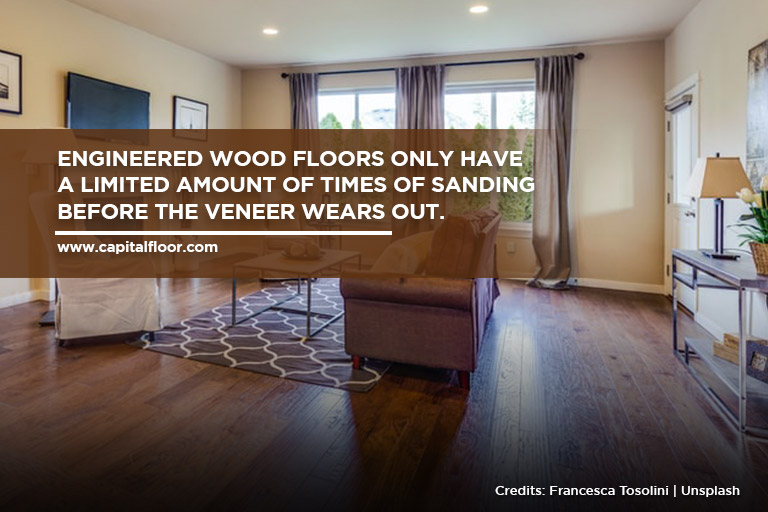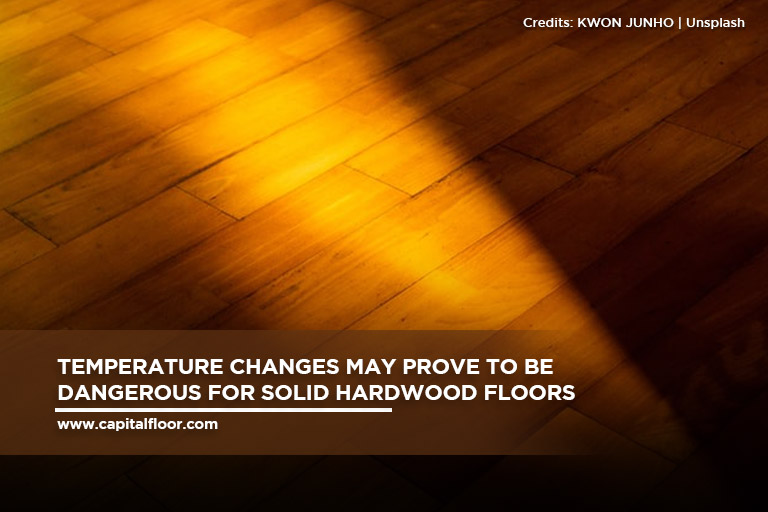Our showroom is open to the public. Please click HERE for more details.
Our showroom is open to the public. Please click HERE for more details.
How will you go around changing the look of a room in your house? It’s crucial to choose the right flooring style and material. The colors, textures, and general appearance of your place can have a significant impact on how it feels. Some materials are better suited to your family’s demands than others.
For its richness and natural design look, wood flooring is indeed a popular pick among homeowners. It also gives buyers a lot of alternatives for customizing their products—not just about picking a wood stain color.
Take a look at our article on how to choose hardwood flooring if you’re preparing to install new floors. From materials to design and finish, we’ll help you through the process of choosing your wood flooring.
Although hardwood flooring raises the value of your property, it is also costly. Hardwood floor assembly and installation costs on average $4,113. The price of the floor, assembly, any necessary subflooring, and treatments are all included in this pricing.
As you may be aware, installing an engineered flooring is generally the most cost-effective alternative. Knowing how to choose a cheap species for your hardwood floor will help you stay within budget if you are set on solid hardwood or want to keep the price down in general.
You could use the species’ durability as a guide when deciding how to buy a hardwood floor that meets your budget. Harder woods, like Maple and White Oak, are more cost-effective, ranging in price from $2 to $10 per square foot. Lighter hardwoods, on the other hand, are more premium, ranging from $2 to $20 per square foot.
Make sure to look around for the greatest deal, and if at all feasible, reduce labor expenditures to a minimal. However, you don’t want to save down on labor if it means spending more money on maintenance later. If you do have the opportunity, getting a few quotes from multiple businesses will ensure you get the greatest deal.
Decide if you want solid wood or engineered wood flooring first. Solid hardwood flooring was once the most popular option. These flooring have tongue and groove joints on each side and are made of thick, substantial wood planks. Solid hardwood floors are popular because of its authenticity and feel; they’re also a better long-term flooring alternative. Because the boards are often thicker than engineered wood planks, you can sand and refinish these hardwood floors several times.
Engineered hardwood flooring is gaining popularity. They are constructed with a thin hardwood veneer layer atop various layers of composite material and plywood. These several layers were created to help the flooring resist moving over time. Regrettably, some engineered floors have a quite thin top layer, making sanding and refinishing more difficult in the future. These floors may only be able to be refinished once or twice.

Engineered wood, as previously stated, is made out of a strong HDF or plywood basis with a thin veneer of natural wood on top. Because of this, it is less subject to temperature and humidity changes than solid wood.
Engineered wood can be used in situations where solid hardwood cannot be put since it is less susceptible to environmental changes (a real game-changer).
If you want walnut floors in your kitchen, this is the place to go. Engineered wood is a type of wood that has been engineered to be: Do you have bamboo in your basement? Engineered wood is a type of wood that has been engineered to be In your master bath, do you have rich mahogany? Engineered is the way to go, as you already know.
Engineered wood can be used almost anywhere solid wood cannot be used.
Engineered wood can be an excellent alternative if you want to install exotic wood flooring on a budget. This is due to the fact that it employs fewer exotic hardwood species than solid wood (remember that veneer layer?).
We’ll say it again, louder this time for the people in the back. Waterproofing is not a feature of engineered wood flooring.
Is it a better choice for kitchens and bathrooms than solid wood? Yes. Is it a type of shower flooring that you should use? Certainly not.
More significantly, because the top layer is solid wood, engineered wood is just as subject to scratches, gouges, and dents as solid wood flooring.
Engineered wood, on the other hand, can’t be polished and refinished as often as solid wood because it just has a thin veneer covering (and sometimes not at all, depending on the product). Even the most expensive engineered wood flooring can only be refinished a few times.

Solid hardwood floors may be sanded and refinished multiple times because they’re comprised of solid wood all the way through. Seriously, a solid wood floor can last a lifetime if properly cared for. Of all, almost all types of wood flooring are available in both solid and engineered versions, and most people can’t tell the difference these days. Which is why you should take this into consideration as well.
When it comes to choosing a solid wood floor, you have a lot of options, from the species (the tree it comes from) to the cut pattern and even the way it’s completed. That isn’t to say that engineered wood isn’t adaptable. Yes, it is! However, customizing options are limited, particularly when it comes to cut patterns.
Solid wood, on the other hand, can be extremely finicky. Solid wood is prone to warping and swelling since its grain runs the length of the plank, thus it should never be installed in areas where it will be exposed to dampness, wetness, rising damp, or extreme temperature variations.
It’s worth noting that purchasing solid planks of some wood flooring kinds will cost more. Solid planks employ more “high-quality” (veneer) wood than engineered planks, which explains why.
With that in mind, as anybody who has seen what children and/or dogs can do to hardwood floors will attest, solid wood may not be the greatest choice for active households (though it heavily depends on the wood and finish).
Your new wood flooring can be scuffed, scratched, and ding-ed to death by critters.
Additionally, before installing a solid wood floor, you should keep the wood in its new location for at least a few days.
Because wood grains expand and contract in response to changes in temperature and humidity, your floor may warp if you don’t acclimatize it first.
Furthermore, solid wood requires special attention even after it has been placed. It cannot perceive excessive moisture or humidity, and it requires additional cleaning, among other things. Overall, it’s the option with the most erratic behavior.
There are many things to consider when buying hardwood floors. Species, grain, environmental effects, costs, and more.
This can be a daunting task, which is why you should turn to Capital Hardwood Flooring. Contact us at 416-536-2200 or send us an email at [email protected]